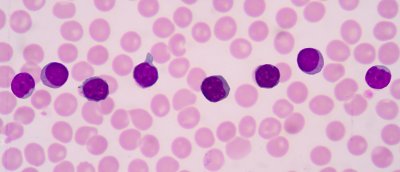DFG Research Unit FOR 1756

Functional dynamics of cell contacts in cellular assemblies and migratory cells
A central element in tissue morphogenesis is the dynamics of cell-cell contacts, i.e. their formation, dissolution, rearrangement and maintenance. The molecules underlying specific cell-cell contacts are adhesion molecules and cell surface ligand-receptor systems. The dynamic cell contacts determine specific cellular behaviour and constitute the driving force for tissue elongation, cell rearrangement, cell sorting, cell migration and cell-cell association.
The Research Unit focusses on defining and analysing the functional dynamics of cell contacts in cellular assemblies and small sets of cells in a set of genetically tractable model systems. Specifically, the Research Unit aims at identifying and investigating the biomechanical mechanisms underlying the dynamics of cell contacts, define the molecular mechanisms responsible for the biomechanical properties and identify and characterise novel components involved in cell contacts.
Regulation of cell contacts and cell shape during mouth formation in Caenorhabditis elegans
Mouth formation in C. elegans represents a concerted series of changes in cell behaviour, shape and cell contacts that are not well understood mechanistically. We found that mouth formation is initiated by cell shape changes and invagination of approximately 50 cells from the neuroectoderm. These processes lead to the formation of a transient pore which gradually connects to the foregut lumen. We observe that the initial cell contacts characterised by interdigitated protrusions and absence of apical junctions are transformed into apical junctions, while neuroectodermal cells invaginate. Thus, invaginating cells seem to apically constrict while apical junctions form simultaneously. This suggests that the dynamic regulation of cell contacts plays a central role in mouth formation. We will perform cell segmentation as well as tracking and quantitative analysis of cortical, junctional, and cell adhesion dynamics to dissect the functional relationship of apical constriction and junction formation. Moreover, apical constriction is initiated in eight small clusters of four to six cells that converge into a continuous pore. But the mechanism of convergence is unknown. We found that neuroectoderm requires the conserved Ets transcription factor AST-1/Etv1/ER81 for maintenance of apical constriction. We will address the role of AST-1 in regulating cluster formation and convergence during mouth formation.
Projekt Leader
Dr. Matthias Kaschube, FIAS
Dr. Christian Pohl, GU, Buchmann Institute for Molecular Life Sciences
